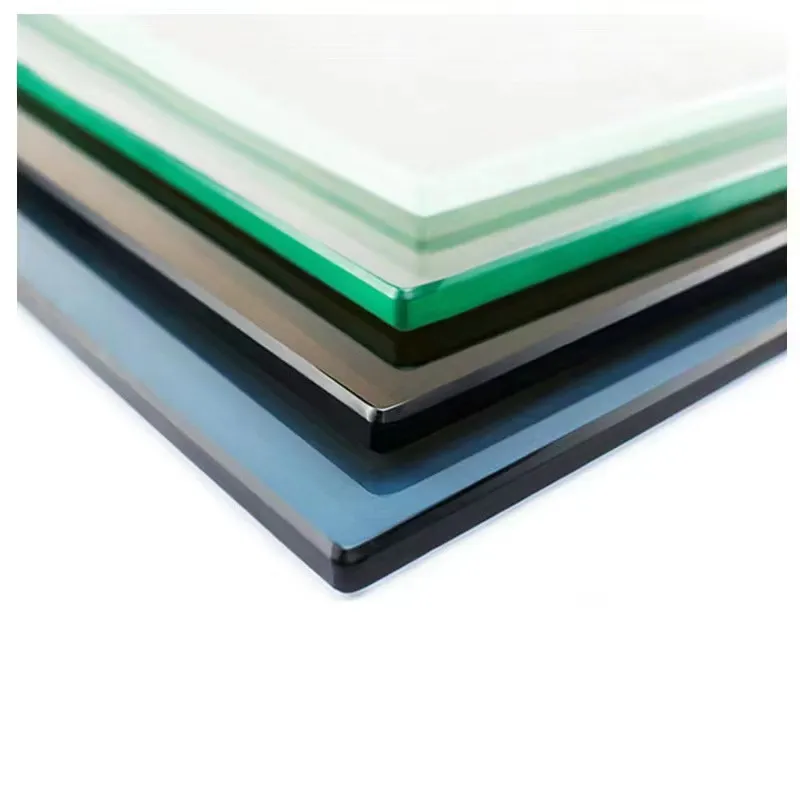The Art and Functionality of Glass Window Mirror Design
When creating a harmonious living or working environment, the design of glass windows and mirrors plays a pivotal role. Both elements serve functional purposes while also contributing to the aesthetics of a space. The interplay between glass window designs and mirror functionalities can elevate interiors, allowing natural light to flow while enhancing the perception of space.
The Importance of Natural Light
Natural light is an essential aspect of any interior. It has been proven to improve mood, productivity, and overall well-being. Glass windows serve as the primary conduits for this light, drawing it into a space and illuminating every nook and cranny. When designing glass windows, factors such as size, shape, and placement are crucial. Larger windows can dramatically change the atmosphere of a room, making it appear more inviting and spacious. Moreover, the choice of framing—whether it’s minimalist metal, ornate wood, or sleek vinyl—can further influence the aesthetic.
Contemporary trends lean towards larger panes of glass, with designs that minimize the visible frames to maximize the view and the light. This design approach not only embraces nature but also creates a seamless transition between the indoors and outdoors, making it an ideal choice for homes and offices situated in picturesque locations.
Mirrors Expanding Horizons
Mirrors, on the other hand, are magical implements in interior design. They can create illusions of space, making small areas feel larger and more open. By strategically placing mirrors across from windows, one can reflect natural light back into the room, brightening the entire space. This is particularly advantageous in urban environments where light can be scarce.
glass window mirror design
The design of mirrors has evolved significantly over time. Decorative mirrors come in various shapes, sizes, and finishes. Geometric designs, vintage frames, or sleek frameless options can all enhance a room’s decor. The key is to ensure that mirrors not only meet functional needs but also serve as art pieces. A well-placed mirror can act as a focal point in a room, adding character and style.
Combining Glass Windows and Mirrors
The synergy between glass windows and mirrors is where true innovation occurs. Many modern designs implement mirrored glass for windows, which not only maintains privacy but also reflects the surrounding landscape. This reflective quality allows buildings to blend into their environment, minimizing visual impact in natural settings. This design choice aligns with sustainable architecture principles, providing both functional and aesthetic benefits.
Additionally, incorporating mirrored elements into window designs can help achieve a modern, chic appearance. For example, a window wall with mirrored accents can create a stunning visual effect, enhancing the overall ambiance of a living room or office space. The balance of transparency and reflection invites both light and an artistic touch into the room.
Conclusion
In summary, the design of glass windows and mirrors is an art form that combines functionality with aesthetic appeal. By allowing natural light to flood a space and using mirrors to create illusions and enhance ambiance, designers can transform ordinary interiors into extraordinary environments. As trends continue to evolve, the integration of these elements will undoubtedly play an important role in shaping the future of interior design, ensuring that spaces remain both beautiful and functional.
 Afrikaans
Afrikaans  Albanian
Albanian  Amharic
Amharic  Arabic
Arabic  Armenian
Armenian  Azerbaijani
Azerbaijani  Basque
Basque  Belarusian
Belarusian  Bengali
Bengali  Bosnian
Bosnian  Bulgarian
Bulgarian  Catalan
Catalan  Cebuano
Cebuano  Corsican
Corsican  Croatian
Croatian  Czech
Czech  Danish
Danish  Dutch
Dutch  English
English  Esperanto
Esperanto  Estonian
Estonian  Finnish
Finnish  French
French  Frisian
Frisian  Galician
Galician  Georgian
Georgian  German
German  Greek
Greek  Gujarati
Gujarati  Haitian Creole
Haitian Creole  hausa
hausa  hawaiian
hawaiian  Hebrew
Hebrew  Hindi
Hindi  Miao
Miao  Hungarian
Hungarian  Icelandic
Icelandic  igbo
igbo  Indonesian
Indonesian  irish
irish  Italian
Italian  Japanese
Japanese  Javanese
Javanese  Kannada
Kannada  kazakh
kazakh  Khmer
Khmer  Rwandese
Rwandese  Korean
Korean  Kurdish
Kurdish  Kyrgyz
Kyrgyz  Lao
Lao  Latin
Latin  Latvian
Latvian  Lithuanian
Lithuanian  Luxembourgish
Luxembourgish  Macedonian
Macedonian  Malgashi
Malgashi  Malay
Malay  Malayalam
Malayalam  Maltese
Maltese  Maori
Maori  Marathi
Marathi  Mongolian
Mongolian  Myanmar
Myanmar  Nepali
Nepali  Norwegian
Norwegian  Norwegian
Norwegian  Occitan
Occitan  Pashto
Pashto  Persian
Persian  Polish
Polish  Portuguese
Portuguese  Punjabi
Punjabi  Romanian
Romanian  Russian
Russian  Samoan
Samoan  Scottish Gaelic
Scottish Gaelic  Serbian
Serbian  Sesotho
Sesotho  Shona
Shona  Sindhi
Sindhi  Sinhala
Sinhala  Slovak
Slovak  Slovenian
Slovenian  Somali
Somali  Spanish
Spanish  Sundanese
Sundanese  Swahili
Swahili  Swedish
Swedish  Tagalog
Tagalog  Tajik
Tajik  Tamil
Tamil  Tatar
Tatar  Telugu
Telugu  Thai
Thai  Turkish
Turkish  Turkmen
Turkmen  Ukrainian
Ukrainian  Urdu
Urdu  Uighur
Uighur  Uzbek
Uzbek  Vietnamese
Vietnamese  Welsh
Welsh  Bantu
Bantu  Yiddish
Yiddish  Yoruba
Yoruba  Zulu
Zulu 

